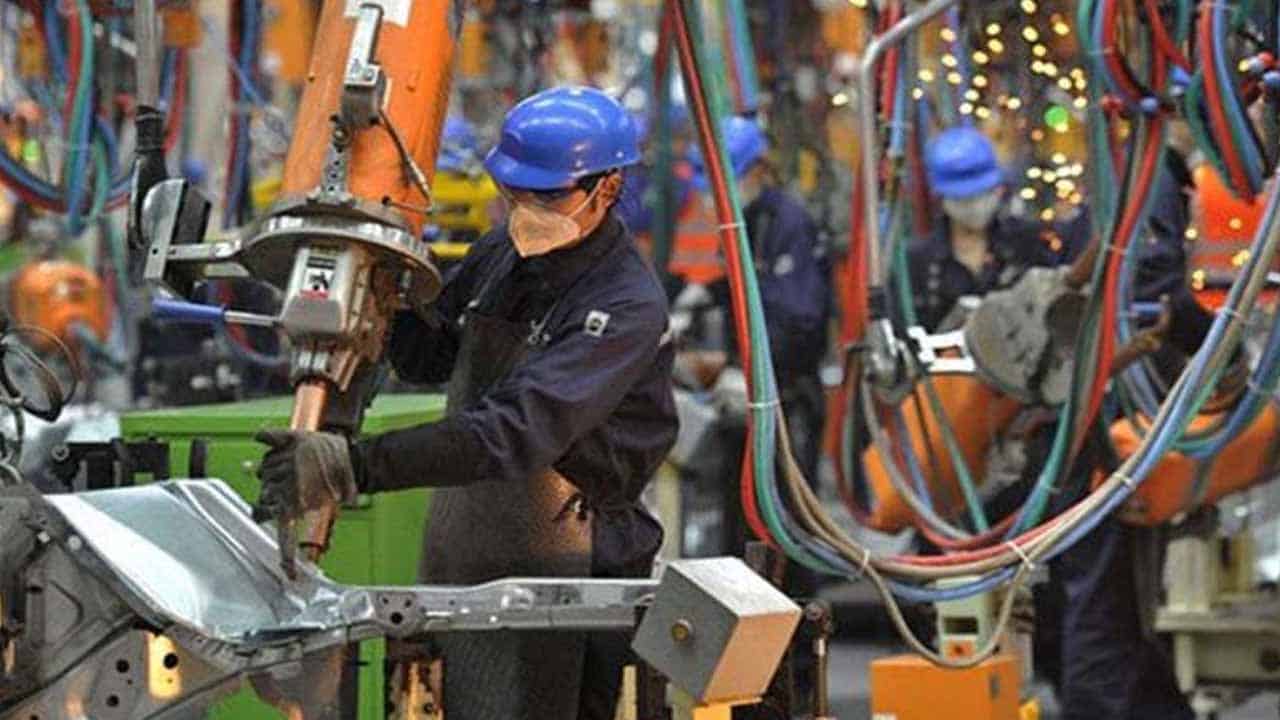The country’s large-scale manufacturing sector continues to be weak, as evidenced by the 3.5% decline in industrial output in December, which was the sixth consecutive monthly decline. The slump came when the government limited imports to preserve its rapidly diminishing foreign reserves.
Textiles, apparel, chemicals, pharmaceuticals, motor vehicles, cement, non-metallic minerals, and fertilizers were the industries that underperformed the most. Similarly, compared to the same period last year, LSM output decreased by 3.68% in the first half of the current year.
However, the Pakistan Bureau of Statistics (PBS) said on Wednesday that compared to the previous month (November 2022), LSM output increased by 312.38%. According to economists, the government’s policy of “quantitative tightening” and sharply raising the policy rate to tame runaway inflation also had a significant impact on industrial operations because the measures increased the cost of bank funding.
Due to inventory shortages, manufacturers and industrial facilities have reduced their operating hours, and some have even had to close their facilities.
The LSM growth has changed color from July 2022 and decreased by 16.5% over June 2022 and 1.68% over July 2021. Similar to this, it decreased by 0.02% in August 2022, 2.7% in September, 7.63% in October, 6.15% in November, and now by 3.51% in December 2022. Sectors with a high weight in the Quantum Index Number of LSM saw a decrease in output. These included items related to textiles, iron and steel, chemicals, cars, drugs, cement, and non-metallic mineral products.
On a year-on-year basis, in December 2022:
- Textiles output was down 21.24%
- Pharmaceuticals 12.7%
- Non-metallic minerals 8.64%
- Iron and steel 8.12%
- Chemicals 3.8% (of which chemical products output was down 9.2% )
- Fertiliser 0.06% and cement output also dipped 8.4% over the same month last year.
Similarly, machinery and equipment output also declined by 77.9%, automobiles by 36.2%, computer, electronics, and optical products by 33.8%; wood products by 74.2%, tobacco by 28.8%, paper and board by 1.5%, beverages by 12.45%, leather products 0.72%, and other transport equipment output went down by 27.5% over December 2021.
Clothing production increased by 25.5%, furniture by 182%, footballs by 20.3%, food by 11%, and the output of coke and petroleum products increased by 3.5%.
When comparing output from July to December of FY23 to the same period in FY22, only wearing apparel (garments) rose: by 46.6%, leather increased by 5.7%, furniture increased by 105.5%, and football increased by 51.9%.
The production of food fell by 2.4%, beverages by 8.5%, tobacco by 23.5%, textiles by 13.0%, wood by 66%, paper and board by 2.8%, coke, and petroleum by 11.2%, pharmaceuticals by 21.6%, rubber by 7.6%, non-metallic mineral by 11.7%, computer, electronics, and optical by 20%, machinery and equipment by 47.9%, and automobiles by 30.2%.






